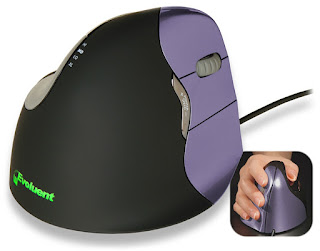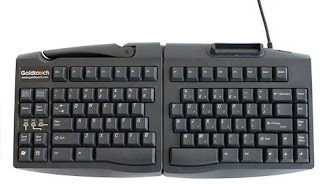How Can You Make Touch Screen Monitors More Comfortable for Employees?

In the modern workplace, you’ll find a wide variety of devices. Gone are the days when we solely relied on a traditional desktop setup with a keyboard, mouse, and monitor, and now employees have more flexibility in their daily work. Touch screen monitors are popular workstation upgrades. They’re simple to use and allow for a more streamlined workflow in many cases. Unfortunately, touch screen monitors can pose challenges for their users. Among them is the risk of repetitive stress injuries (RSIs). Ergonomic Keyboard RSIs can be minor, severe, or somewhere in-between, and develop over time. Although seemingly small, RSIs can cost companies in the long run. It’s important to understand the benefits of touch screen monitors, along with the challenges, and what you can do to ensure touch screen users are as safe and comfortable as possible. The Benefits of Touch Screen Monitors Compared to traditional desktop setups, in specific environments and roles, touch screen monitors are...





